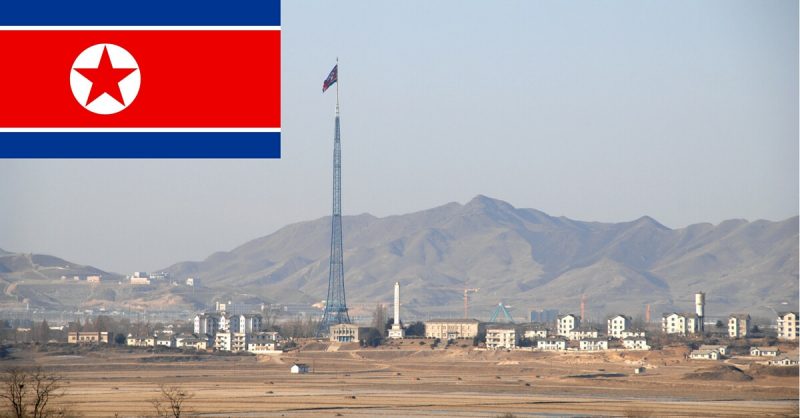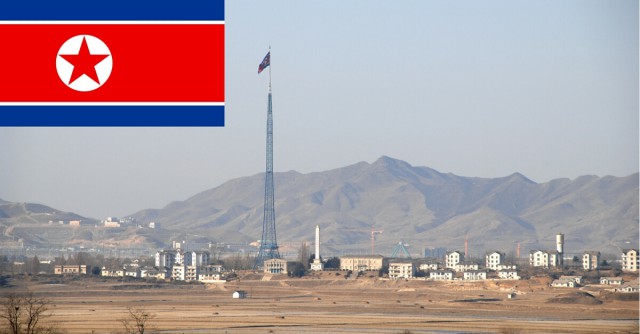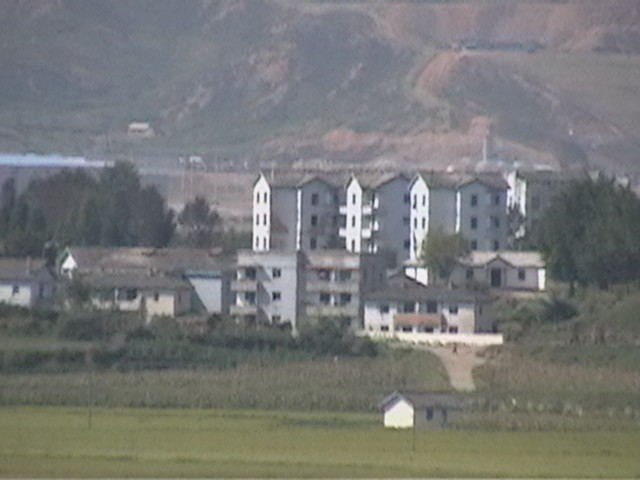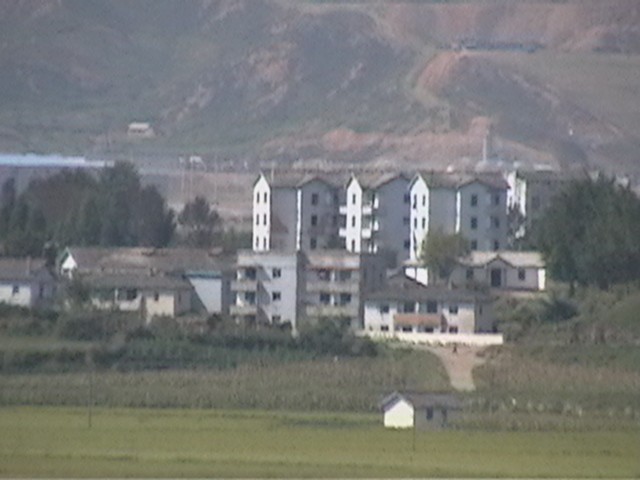The Demilitarized Zone (DMZ) between North and South Korea has long become synonymous with the battle between east and west. However, a mystery town has emerged on the border but is thought to be a fake village built by the North Koreans to display ‘normal’ life in the closed, communist state.
The town is called Kijong-dong and has houses, schools, nurseries and a medical center. The buildings are brightly coloured and it looks like normal life is functioning there.
But when observers have taken a closer look it is thought to be a fake village built by the North Koreans just over the border in order to entice South Koreans to live under communist rule.
Kijong-dong is located right in the middle of the 2.5 mile wide Demilitarised Zone and has now become known as the propaganda village. The DMZ was established in 1953 after a settlement was agreed to end the Korean War.
The North Koreans claim that the town is inhabited by around 200 residents and is an economic success for the country. It is the observers in the south who claim that this in fact is not the case and that the town is empty, with no one living there.
On closer inspection the buildings are simply concrete blocks without windows. The electric lights are claimed to be on a timer so that it looks like they are being switched on by people who live there, and maintenance workers sweep the streets and maintain the buildings to ensure it looks like there is life in the town.
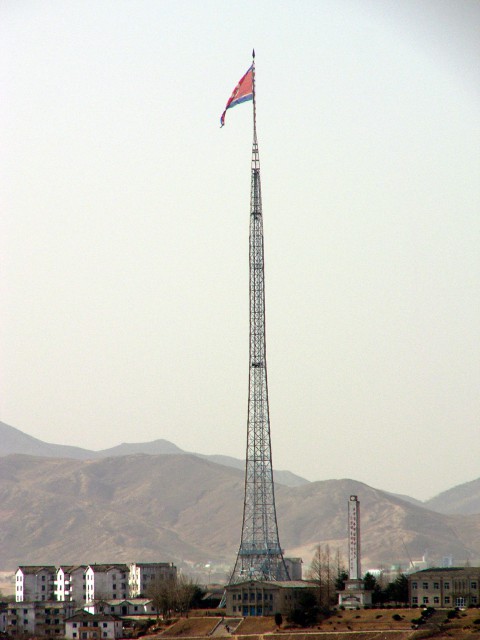
The North Koreans have named the town Peace Village and in fact the South Koreans have a similar town located on the south of the DMZ called Daeseong-dong, and the two compete for superiority. When Daeseong-dong built a huge tall flagpole upon which to raise the South Korean national flag, so too did Kijong-dong, but the North Koreans made it even taller.
At one time, loudspeakers on both the north and south sides would blast propaganda and rhetoric promoting the attributes of each country’s political regime, and denigrating the others. This practice was stopped around 11 years ago when both sides agreed to stop the loudspeaker broadcasts, The New York Post reports.
When questioned about the village, the North Koreans say that it is a farming village of which its residents farm the surrounding agricultural land. But southern observers still insist this is not the case.
